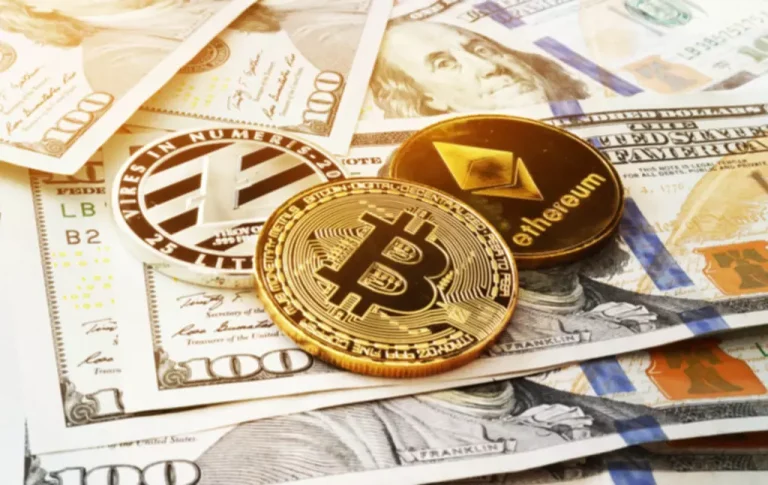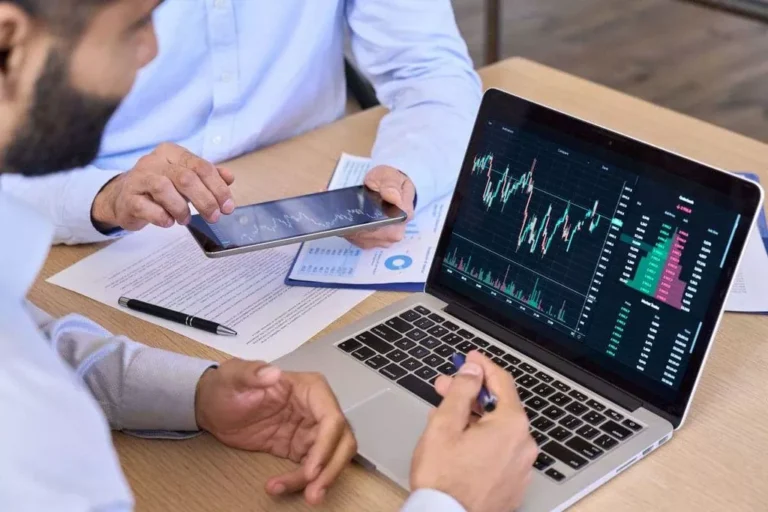Content
Equity-based ETPs are products that track the performance of a particular stock or Non-fungible token group of stocks. Debt-based ETPs, on the other hand, track the performance of a bond or group of bonds. Once you’ve decided which type of ETP you want to invest in, you’ll need to choose a product that tracks the performance of the underlying asset you’re interested in.

What are some of the benefits of investing in exchange-traded products (ETPs)?
Exchange-traded products can be benchmarked to myriad investments, including commodities, currencies, stocks, and bonds. Actively etp vs etf managed ETFs, also known as ETMFs, on the other hand are overseen by investment managers who try to optimise their investment returns and ‘beat the market’. As a result, active exchange-traded funds often carry higher management fees and sometimes higher risk. Operating expenses are taken out of the fund itself and therefore lower the return to the investors. In general, funds that pursue an active investment strategy will have higher operating costs than passive funds. ETFs, on the other hand, are traded on exchanges throughout the day just like stocks.
ETP ( Exchange Traded Product) vs ETF (Exchange Traded Fund)
Three, both mutual funds and ETFs come in a wide variety of assets and investing styles. In addition, there are equity ETFs and mutual funds that focus on factor-based strategies (a.k.a. “smart-beta” investing) such as quality or momentum. When mutual funds change their holdings, any https://www.xcritical.com/ profits from selling investments are considered “capital gains” and are taxed. ETFs are structured in a unique way that helps shareholders reduce the annual taxes on their holdings. You typically only realize a gain (or a loss) when you sell shares of an ETF. To learn the nuts and bolts of how that’s done, check out the article Inside ETFs.
- As a result, the likelihood that investors will be paid back the principal and the returns from the underlying index depends on the issuer’s creditworthiness.
- ETCs are not subject to UCITS and do not have to comply with its diversification requirements.
- It is therefore important that investors make sure they understand what the provider is referring to when looking at these products.
- Both ETPs and ETFs can play a valuable role in asset allocation when aligned with an investor’s objectives.
- He is a CFA charterholder as well as holding FINRA Series 7, 55 & 63 licenses.
- ETPs have become increasingly popular in recent years due to their ability to offer exposure to a wide range of asset classes at a low cost.
Key Differences Between Index Funds and ETFs
These attributes, among others, have made ETPs very popular among investors of all stripes. Take self-paced courses to master the fundamentals of finance and connect with like-minded individuals. Someone on our team will connect you with a financial professional in our network holding the correct designation and expertise. Ask a question about your financial situation providing as much detail as possible. Our mission is to empower readers with the most factual and reliable financial information possible to help them make informed decisions for their individual needs.
GOBankingRates’ editorial team is committed to bringing you unbiased reviews and information. We use data-driven methodologies to evaluate financial products and services – our reviews and ratings are not influenced by advertisers. You can read more about our editorial guidelines and our products and services review methodology. For more information about the tax treatment of a particular ETP, make sure to read the prospectus or pricing supplement. Consult a tax professional if you need clarification of tax implications before making an investment.

Stay connected with iShares and explore additional resources designed to help you pursue your financial goals. The SPDR S&P 500 (SPY), launched in 1993 to track the S&P 500 Index, is the oldest surviving and largest ETF with annual returns of 8.21% since 2000. Index ETFs have seen substantial growth, with total net assets reaching $5.4 trillion at year-end 2023, representing a significant part of the ETF market.
An exchange-traded product, or ETP, is an umbrella term used for a variety of different investments that trade on a public exchange. Though we believe the information provided herein is reliable, we do not warrant its accuracy or completeness. When deciding between fixed term deposits and ETFs, it’s essential to reflect on your personal financial situation, goals, and risk tolerance. Both options have their benefits and drawbacks, and what’s right for you depends on what you’re aiming to achieve.
As such, ETPs offer potential investors the opportunity to gain exposure to a wide range of investment strategies and asset classes through a single product. ETFs are funds that trade on stock exchanges, much like individual stocks. They offer investors a way to buy a basket of securities in a single transaction. ETFs can track various assets, including stocks, bonds, commodities, or currencies, and can be both actively and passively managed.
Many brokerages have internal tools to help you research ETFs (like the Fidelity ETF Screener), and there are also third-party research firms, like Morningstar, that could give you helpful insight. Keep in mind how this investment may fit into your investing plan and asset allocation strategy, and make sure it aligns with your investment goals, risk tolerance, and time horizon. When an AP sells stocks to the ETF sponsor in return for shares in the ETF, the block of shares used in the transaction is called a creation unit.
As a result, the number of ETF shares is reduced through the process called redemption. The amount of redemption and creation activity is a function of demand in the market and whether the ETF is trading at a discount or premium to the value of the fund’s assets. ETPs are regulated by various regulatory bodies, depending on the jurisdiction in which they are traded. In the United States, for example, the Securities and Exchange Commission (SEC) oversees ETPs.
However, ETPs can also be actively managed, meaning they are actively traded by managers in an attempt to outperform their underlying indexes. Index mutual funds often have a minimum investment requirement, which can be a barrier for some investors, though these are typically dropped if you are investing through your paycheck. Index ETFs, meanwhile, typically do not have minimums, as you can purchase as little as one share, making them more accessible. However, while ETFs might offer lower expense ratios than mutual funds, buying and selling them could incur trading fees depending on your brokerage. In contrast, many index mutual funds can be bought directly from the issuer without commissions.
Instead, a synthetic ETF makes a trade based upon the price of the asset to produce a return. Generally speaking however, exchange-traded products (ETPs) have some common traits. Generally, they are easily bought and sold in a single transaction on a public exchange such as the ASX or the New York Stock Exchange (NYSE) and are typically low-cost. Choosing between fixed term deposits and ETFs comes down to understanding how each fits into your financial strategy.
By the end of the term, she knows exactly what her balance will be, without any surprises from market changes. Emily values security, but her fixed return doesn’t keep up with inflation, so her purchasing power slightly declines. This case study offers just one scenario for Emily’s investment; a low inflation environment could have maintained her purchasing power. Active funds are subject to management risk, which means the fund manager’s techniques may not produce desired results, and the selected securities may not align with the fund’s investment objective. Legislative, regulatory, or tax developments may also affect the fund manager’s ability to achieve the investment objective.


